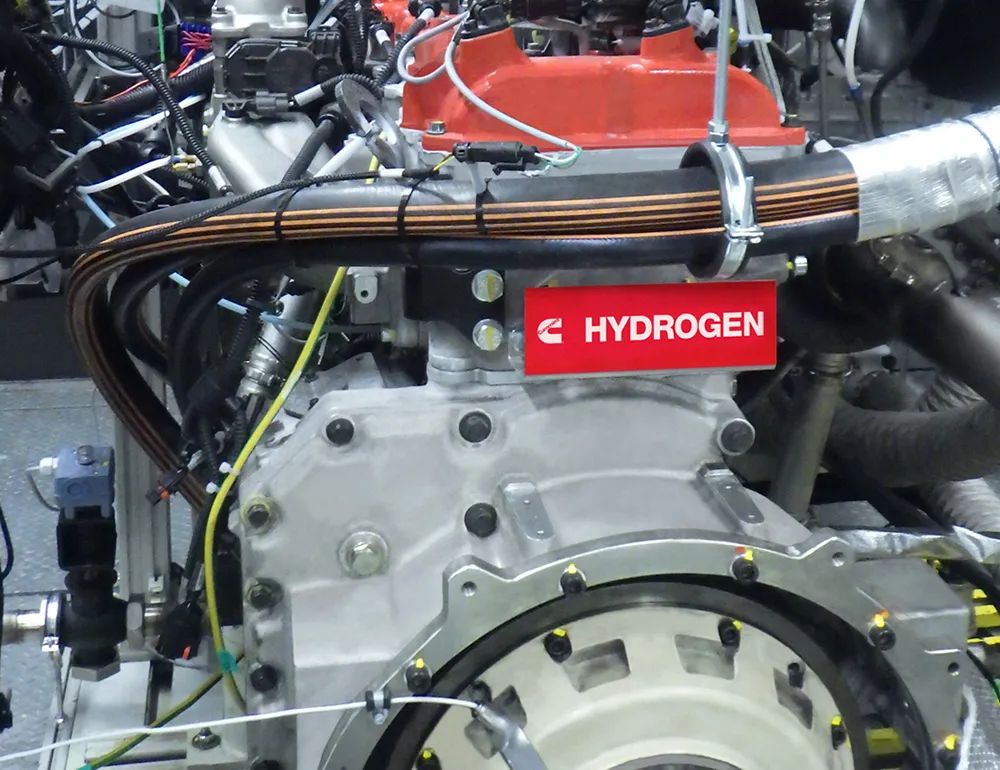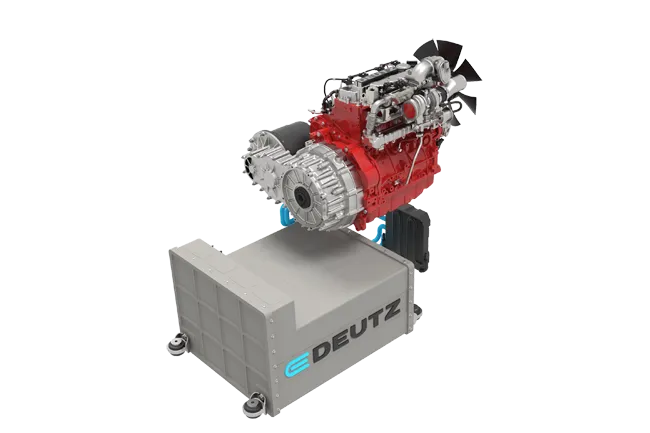The Volkswagen group has now committed itself to putting its innovative XL1 vehicle into series production.
March 5, 2012
Read time: 3 mins
The 3503 Volkswagen group has now committed itself to putting its innovative XL1 vehicle into series production. This compact, two seater weighs in at just 795kg and is driven by a compact 800cc diesel delivering around 20kW and running in parallel with a small electric motor. Capable of travelling 100km on just 0.9litres of fuel, the vehicle offers outstanding economy combined with extremely low exhaust emissions.
The vehicle has been developed over a 12 year period. Its fuel efficiency also benefits from a low profile, aerodynamic bodyshell and it can also run for around 35km on battery power alone.
The vehicle has a top speed limited electronically to just under 160km/h and can accelerate from rest to 100km/h in 11.9 seconds, while it is also said to be fun to drive. A limited production run is expected to commence in 2013 and the company says it will evaluate sales and whether to increase manufacturing of the model based on market acceptance.
As a compact city commuter the vehicle offers considerable benefit and would offer an alternative to the Smart car developed jointly by2796 Mercedes as well as various electric vehicles coming to market shortly. Whether the Volkswagen vehicle will be a success depends a great deal on its purchase price however and the cost has yet to be revealed. Given the rapid rise in fuel prices in Europe as well as parts of Asia, the company could tempt customers as long as the XL1 is not too costly, although Volkswagen is reputed to have invested a great deal in its development. The car was unveiled at Qatar's motor show, although earlier versions of the vehicle were first shown in public demonstration runs in 2002.
The pre-production machine exhibited at the show is expected to be further refined before it reaches full production to make it quieter and smoother to drive. However it has been described as entertaining to operate, with generous and comfortable accommodation for driver and passenger. The XL1 features a lightweight body and chassis made from a carbon fibre-reinforce polymer and its aerodynamic, low profile design helps minimise drag. The vehicle's drag coefficient is just 0.186 and when it goes into production it will be it the most aerodynamic vehicle in series manufacture on the market. Rearward view on the pre-production model is limited by the design of the bodyshell but mirrors and possibly CCTV equipment (as well as possible rear windows) will likely address this issue when the full production models hit the market.
The twin cylinder, 800cc diesel is based on VW's proven 1600cc four cylinder unit. This uses just two cylinders from the engine, an aluminium block to lower weight and features an additional balance shaft to reduce vibration. This small capacity, high efficiency engine is tuned to deliver a power output of 35kW. The vehicle also has a 20kW electric motor as part of its hybrid drive. A twin clutch, seven speed transmission drives the rear wheels. In normal operating mode the car runs from its electric motor unless full power is used, unless speed tops 100km/h or until battery charge drops below 20%. An economy mode can be set that will allow the vehicle to run on battery power until just 10% of battery power remains. The vehicle has a 10litre fuel tank that allows a maximum range of 540km. When plugging the vehicle into a 240V supply it takes 60 minutes to ensure the lithium-ion battery pack is fully charged. The battery pack does add to the overall weight of the vehicle but at 795kg this is still less than most modern day cars.
The vehicle has been developed over a 12 year period. Its fuel efficiency also benefits from a low profile, aerodynamic bodyshell and it can also run for around 35km on battery power alone.
The vehicle has a top speed limited electronically to just under 160km/h and can accelerate from rest to 100km/h in 11.9 seconds, while it is also said to be fun to drive. A limited production run is expected to commence in 2013 and the company says it will evaluate sales and whether to increase manufacturing of the model based on market acceptance.
As a compact city commuter the vehicle offers considerable benefit and would offer an alternative to the Smart car developed jointly by
The pre-production machine exhibited at the show is expected to be further refined before it reaches full production to make it quieter and smoother to drive. However it has been described as entertaining to operate, with generous and comfortable accommodation for driver and passenger. The XL1 features a lightweight body and chassis made from a carbon fibre-reinforce polymer and its aerodynamic, low profile design helps minimise drag. The vehicle's drag coefficient is just 0.186 and when it goes into production it will be it the most aerodynamic vehicle in series manufacture on the market. Rearward view on the pre-production model is limited by the design of the bodyshell but mirrors and possibly CCTV equipment (as well as possible rear windows) will likely address this issue when the full production models hit the market.
The twin cylinder, 800cc diesel is based on VW's proven 1600cc four cylinder unit. This uses just two cylinders from the engine, an aluminium block to lower weight and features an additional balance shaft to reduce vibration. This small capacity, high efficiency engine is tuned to deliver a power output of 35kW. The vehicle also has a 20kW electric motor as part of its hybrid drive. A twin clutch, seven speed transmission drives the rear wheels. In normal operating mode the car runs from its electric motor unless full power is used, unless speed tops 100km/h or until battery charge drops below 20%. An economy mode can be set that will allow the vehicle to run on battery power until just 10% of battery power remains. The vehicle has a 10litre fuel tank that allows a maximum range of 540km. When plugging the vehicle into a 240V supply it takes 60 minutes to ensure the lithium-ion battery pack is fully charged. The battery pack does add to the overall weight of the vehicle but at 795kg this is still less than most modern day cars.









